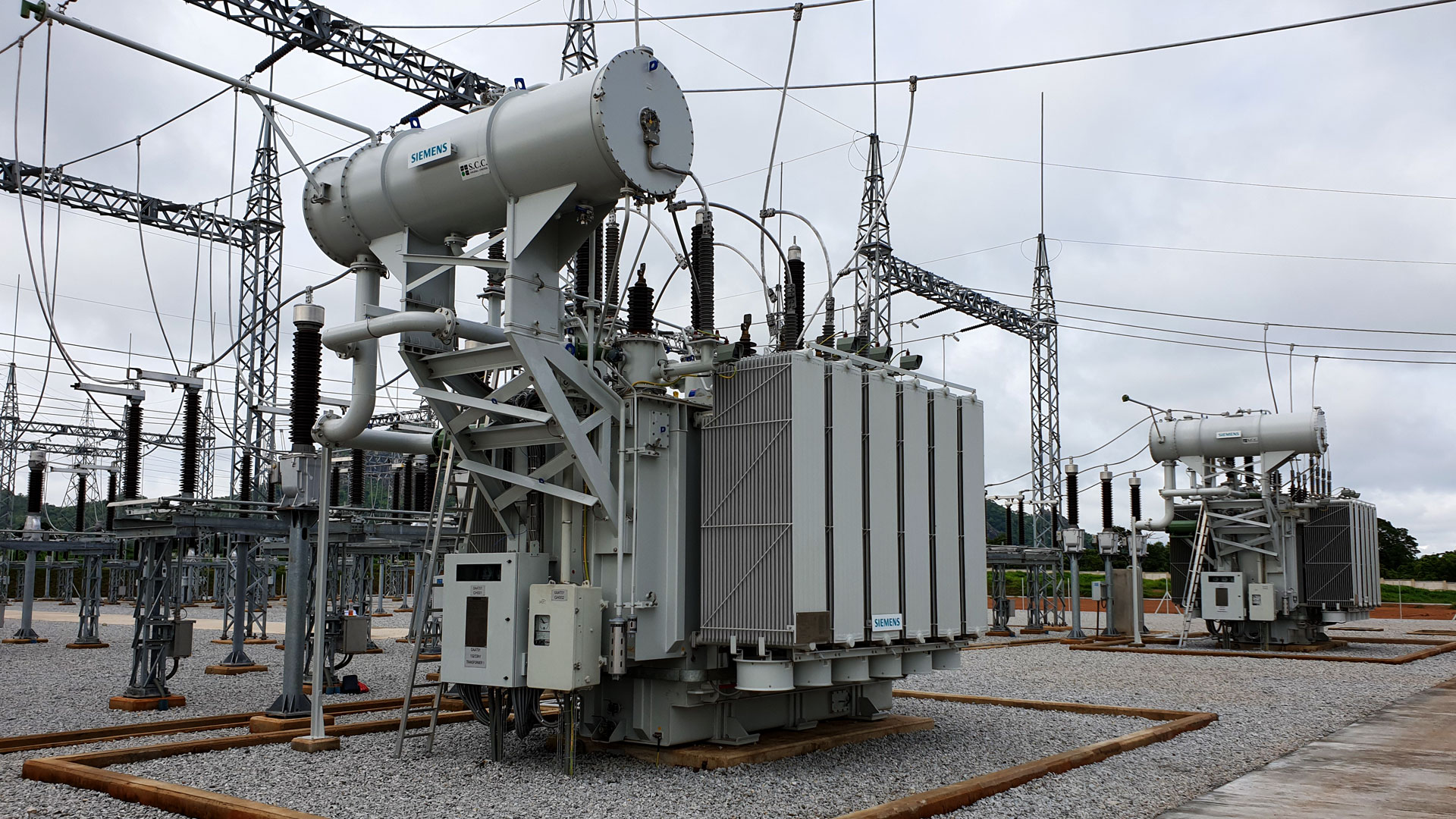Risk on Operations
Safeguarding Critical Infrastructure
Transformers are widely considered as key elements within the critical infrastructure that provides power supply to states, industrial facilities, ports, and production plants everywhere. Any incident could bring multiple and unseen consequences that affect different aspects such as: lives, the environment, product or service availability, finances, and reputation among others. Within this critical infrastructure transformers are often placed in remote areas, other times above or inside crowded areas, and sometimes near water sources.
Everyday operations need reliability, deliverability of the service or product and trustworthiness in terms that it won’t hurt the environment, the water or hurt the relationship with surrounding communities. But, because of the loopholes in regulations and the consecutive drop of new transformers’ quality, due to the market globalization, nowadays, transformer explosions are very frequent and damaging.

Transformer fires – even at unmanned stations where loss of life is not a risk – are immensely costly. An engulfed transformer may burn for days. The fire may damage nearby equipment and spread to adjacent transformers and cable boxes, leading to substantial asset loss and possible plant destruction.
After the fire is quenched, oil and contaminants from the transformer need to be cleaned up to avoid environmental hazards. For example, a transformer failure at a hydroelectric plant may be associated with serious damage to water sources. Although the manufacture of transformers containing PCBs has been prohibited for many years, older transformers and plants might still contain PCBs. Fires of contaminated sites may lead to serious long-term health impacts of firefighters trying to control the blaze, including cancer.
Learn how to strengthen your operational resilience through effective protection measures by talking with one of our specialists!
